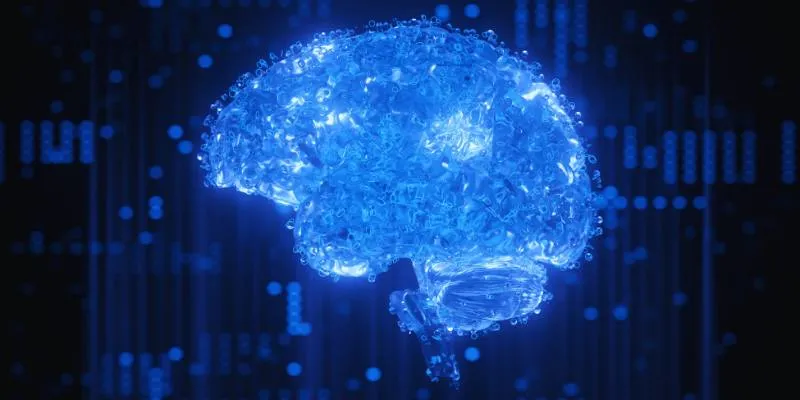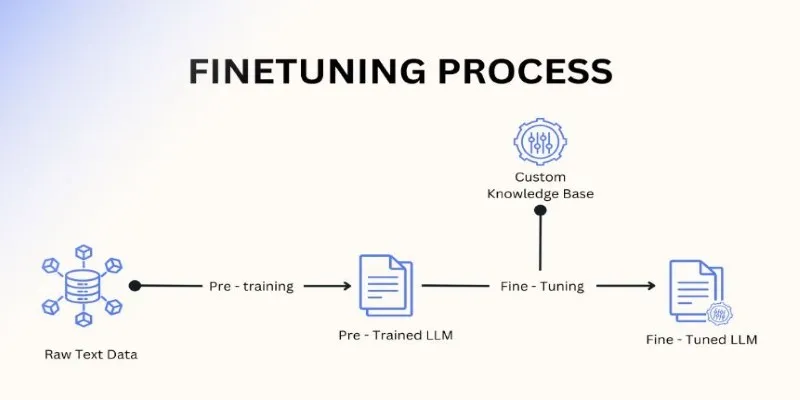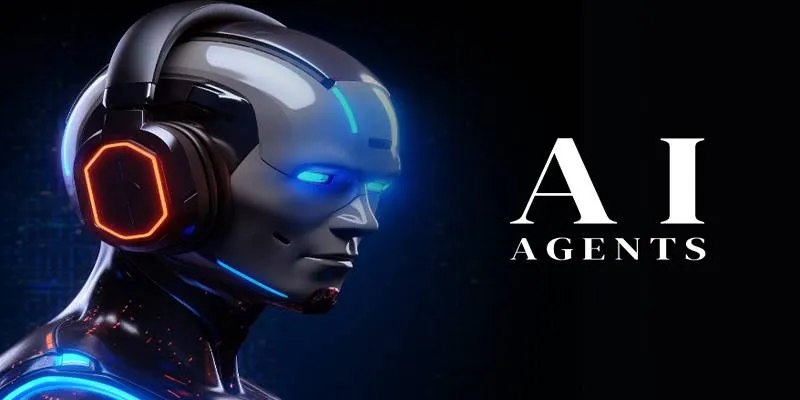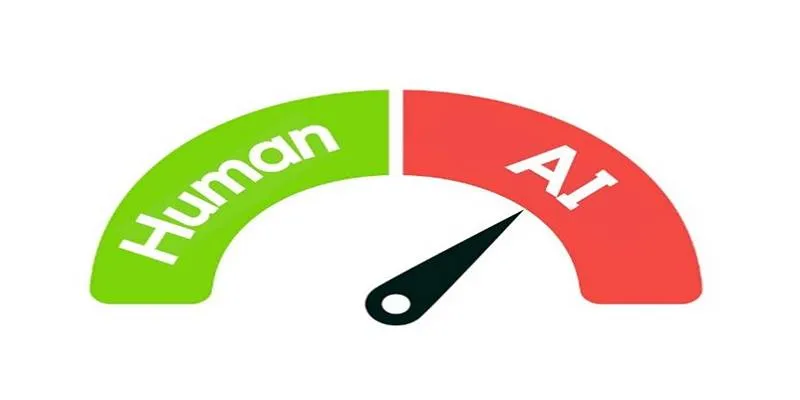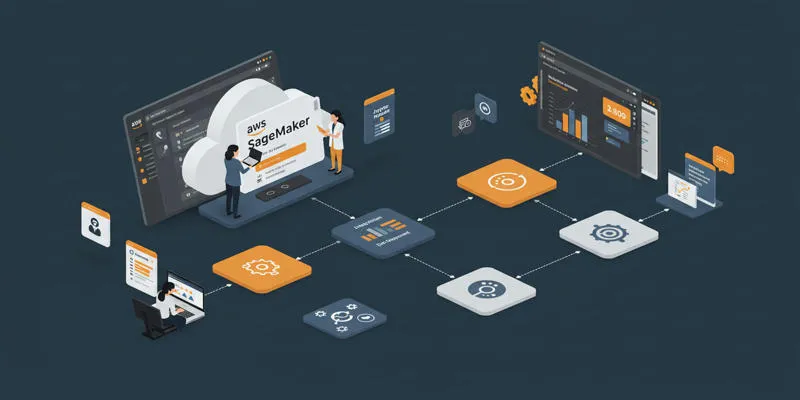Six degrees of freedom (6DoF) refers to an object’s ability to move freely in three-dimensional space, involving both translational and rotational movements. Translational movements include moving forward/backward, side-to- side, and up/down, while rotational movements involve rolling, pitching, and yawing. This concept, originating from mechanics and physics, is used in fields like robotics, aviation, gaming, and virtual reality.
Precise control of these six movements enhances immersion and realism in simulations, robotic systems, and interactive digital environments, such as VR headsets, making experiences more lifelike and responsive in real-time.
The Six Movements Defined
Breaking it down, 6DoF is made up of two kinds of movement—translational and rotation. The three translational movements are referring to moving along the X, Y, and Z axes. If you imagine a drone, these are the movements it experiences when flying forward, back, left or right, or adjusting altitude. The other three are rotations, as the object rotates around each axis rather than traveling linearly.
| Type | Movement | Description |
|---|---|---|
| Translational | Surge | Moving forward or backward along the X-axis. |
| Translational | Sway | Moving left or right along the Y-axis. |
| Translational | Heave | Moving up or down along the Z-axis. |
| Rotational | Roll | Rotating around the X-axis, like a plane tilting its wings. |
| Rotational | Pitch | Rotating around the Y-axis, like nodding your head up and down. |
| Rotational | Yaw | Rotating around the Z-axis, like shaking your head left and right. |
These six motions combined determine how an object engages with its surroundings in three-dimensional space. Knowledge of these motions is important in many fields, ranging from motion capture in animation to industrial robotics, which depends on accurate control.
How Six Degrees of Freedom Apply in Real Life?
6DoF isn’t just theory—it’s fundamental to real-world technology, contemporary engineering, and sophisticated simulation systems. Flight simulation is perhaps the most prevalent application, where pilots train in systems that simulate actual flight movement. Simulators enable realistic practice by simulating all six degrees of movement, enabling pilots to hone skills in real-world conditions without actual danger.
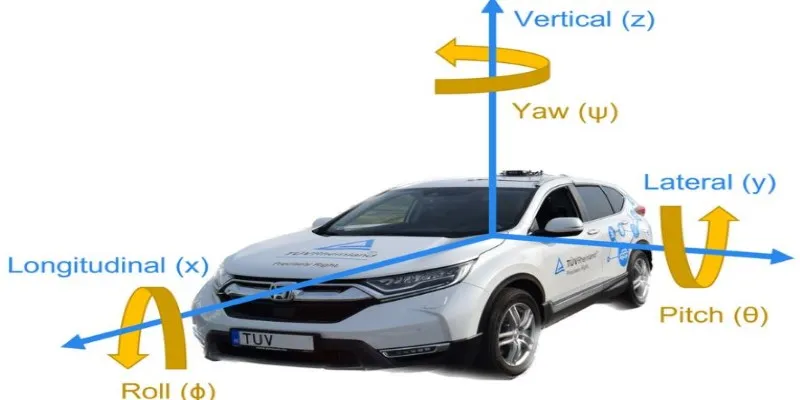
In robotics, 6DoF is crucial for industrial machines that operate with precision. Robotic arms, used in everything from car manufacturing to delicate surgical procedures, rely on six degrees of freedom to perform complex movements. These robots need to move freely while maintaining accuracy, making 6DoF essential for efficient automation.
Virtual reality and gaming have also embraced 6DoF, particularly in motion- tracking technology. Unlike older VR systems that allow only limited movement, modern headsets with 6DoF enable users to move naturally within a digital space. This advancement significantly enhances immersion, as users can lean, crouch, or step around without feeling disconnected from the virtual world. Controllers and hand-tracking systems also use this technology, creating a more intuitive interaction with virtual objects.
Additionally, self-driving cars and drones rely on 6DoF to navigate their environments. Autonomous vehicles continuously analyze road conditions and obstacles while adjusting their movements in real-time. Similarly, drones use 6DoF to maintain stability while maneuvering through the air, making them invaluable for photography, surveillance, and rescue operations.
Challenges and Advancements in 6DoF Technology
Despite its widespread use, 6DoF technology faces challenges, particularly in tracking accuracy and system complexity. In VR, for example, precise motion tracking requires external sensors, cameras, or advanced inside-out tracking systems that map an environment in real-time. If tracking is not accurate, users may experience motion sickness or a disconnect from the experience, reducing immersion.
In robotics, managing six degrees of freedom means dealing with precise calculations and control algorithms. A robotic arm performing surgery, for instance, must move with sub-millimeter accuracy to ensure patient safety. Any deviation due to mechanical limitations or sensor inaccuracies can have significant consequences. Engineers continuously work to refine these systems, improving precision while reducing cost and complexity.
Advancements in artificial intelligence and machine learning are also shaping the future of 6DoF. AI-driven motion prediction allows for smoother and more responsive tracking, which is especially useful in VR and gaming. Machine learning also improves robotic efficiency, helping systems adapt to changing environments in real-time.
Furthermore, the rise of mixed reality—where digital and real-world elements blend—relies heavily on 6DoF technology. Devices like augmented reality headsets use motion tracking to align virtual objects with the real world, ensuring they remain stable and realistic as users move. This fusion of physical and digital spaces is paving the way for new applications in education, training, and remote collaboration.
The Future of Six Degrees of Freedom
As technology continues to advance, the applications of six degrees of freedom (6DoF) will expand across various fields. In entertainment, motion tracking improvements will make virtual reality (VR) experiences even more lifelike, with developers working on full-body tracking systems that allow users to interact naturally within digital environments. This transformation will impact gaming, filmmaking, and interactive storytelling, providing deeper immersion.
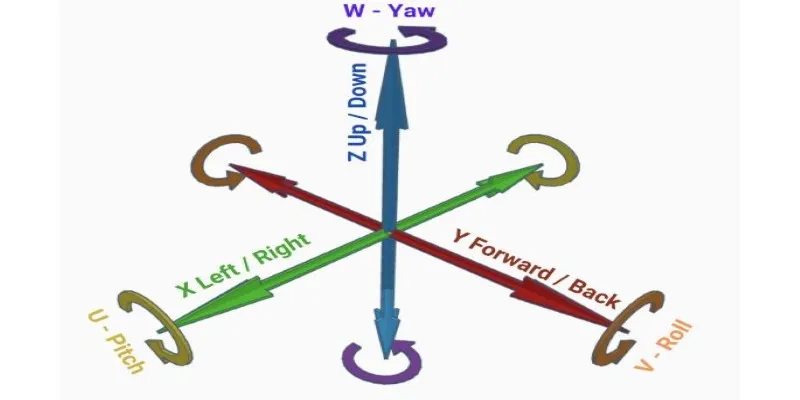
In robotics, 6DoF will enable more precise automation. As factories adopt advanced robotic arms and drones navigate more efficiently, the integration of AI will make these systems safer and more reliable, requiring less human intervention.
Healthcare will also benefit from 6DoF technology. Robotic-assisted surgeries will improve precision, leading to better patient outcomes, while rehabilitation programs may use motion-tracking systems to assist in recovery.
In space exploration, 6DoF is essential for maneuvering spacecraft, robotic arms, and satellites in zero gravity. As space agencies prepare for missions to Mars, enhanced 6DoF systems will be critical for autonomous exploration and astronaut safety. The future of 6DoF promises to revolutionize multiple industries.
Conclusion
Six degrees of freedom play a crucial role in various fields, from robotics and virtual reality to aviation and space exploration. They allow precise movement and interaction in three-dimensional space, enhancing realism and efficiency. As technology evolves, 6DoF will continue to shape industries, offering more immersive experiences and improving automation. Whether in gaming, healthcare, or autonomous vehicles, advancements in 6DoF technology will drive innovation and redefine how we interact with the physical and digital worlds.
 zfn9
zfn9






